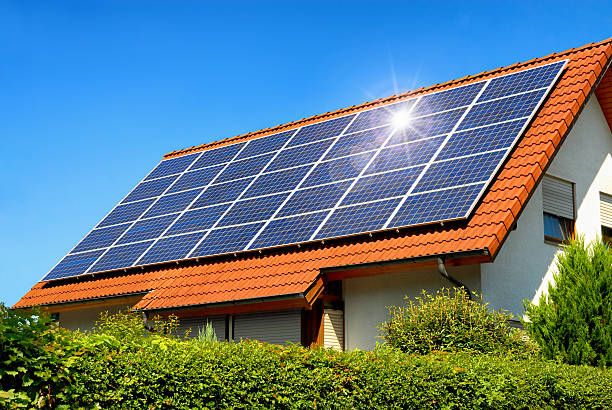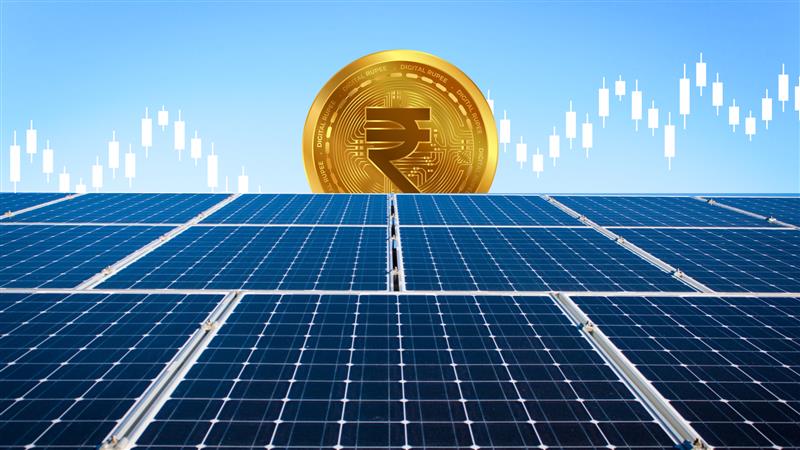Are you thinking about making the switch to solar energy but feeling anxious about the initial costs? Well, here’s some great news! The Indian government provides substantial subsidies for solar panel installations, making it easier for homeowners, businesses, and farmers to embrace renewable energy without breaking the bank.
These subsidies do more than just lower the initial cost of putting in solar systems; they also promote lasting energy independence and a commitment to environmental stewardship. In this article, we’ll dive into why government subsidies are crucial for making solar energy more accessible, how they influence the solar market, and their role in paving the way for a greener, more sustainable future.

Government Promoting Solar Subsidies
India set a goal to achieve 500 GW of renewable energy capacity by 2030, along with solar energy playing a vital role to encourage the adoption of utility of solar power.
Governments view solar subsidies as a smart investment in a sustainable future. By reducing the upfront costs, they’re making solar energy more accessible for both individuals and businesses, which helps speed up the shift toward a greener and more sustainable energy economy. With these initiatives, governments are tackling current energy issues while also taking important steps to ensure a healthier planet for generations to come.
Check out what the government has to offer:
- A generous subsidy of up to 40% for residential solar systems.
- Affordable loans for businesses and farmers.
- Tax incentives and faster depreciation for industries.
- Net metering policies that let you sell any extra power back to the grid
Most Recent Solar Subsidy Schemes in India
1. PM Surya Ghar Muft Bijli Yojana:
Get up to ₹78,000 in subsidies for rooftop solar systems!
Enjoy free electricity for homes with net metering.
Central Financial Assistance (CFA):
– For a 3 kW system: ₹18,000 per kW (totaling ₹54,000).
– For systems above 3 kW and up to 10 kW: ₹18,000 per kW for the first 3 kW, then ₹9,000 per kW for the additional capacity.
– Residential welfare societies can receive ₹9,000 per kW, with a maximum of 500 kW per society.
🔗 Must check the Official Portal: https://pmsuryaghar.gov.in
2. KUSUM Scheme (Solar Pumps for Farmers)
The KUSUM Scheme is all about helping farmers with solar pumps! They can get a whopping 90% subsidy when they install solar water pumps.
Thanks to funding from both the Central and State governments, the cost for farmers drops to just 10%.
Depending on the capacity of the pump, the subsidy can range anywhere from ₹1.5 lakh to ₹7.5 lakh.
3. Solar Subsidies for Industries & Commercial Buildings
Capital subsidies that can cover up to 30% of your total costs.
There are tax benefits available, like an impressive 80% depreciation in the first year
Custom duties exemptions on solar equipment!
State-Wise Solar Subsidy Breakdown-(Haryana)
State Residential Subsidy (Per kW) Additional Benefits
Haryana ₹18,000 – ₹30,000 Net metering + Central Financial Assistance (CFA)
Maharashtra ₹20,000 – ₹50,000 Extra state subsidy + net metering
Gujarat ₹10,000 – ₹30,000 Low-interest loans for solar
Rajasthan ₹20,000 – ₹40,000 High solar potential (best ROI)
Tamil Nadu ₹20,000 – ₹50,000 No property tax for solar homes
Karnataka ₹15,000 – ₹45,000 Subsidy + banking facility
How can you Apply for Solar Subsidy?
- Check Your Eligibility – Make sure you own a house or shop that has the right roof setup.
- Select an MNRE-Approved Installer – Only vendors who are authorized can receive subsidies.
- Submit Your Documents – You’ll need to provide your Aadhaar, proof of property, electricity bill, and bank details.
- Have the System Installed – The installer will take care of registering on the national portal.
What is net metering?
Net metering is a smart billing system that rewards solar panel owners for the extra electricity they produce and feed back into the grid. This setup helps them balance out their electricity use and can even lead to lower energy bills!
Maximizing Savings using Net Metering:
- Net metering allows you to sell any extra solar power you generate back to the grid, which can help lower your bills even more.
- For a 1 kW solar system, you can expect to produce about 4-5 units of energy each day, translating to around 120-150 units a month.
- This could mean savings of ₹1,000 to ₹2,000 each month, depending on the tariffs in your state.
- For instance, a 3 kW system, after applying a subsidy of ₹54,000, would cost you roughly ₹1.2 lakh. With net metering in place, you could see it pay for itself in just 4 to 5 years.
Conclusion: Act Before Subsidies Reduce!
Solar subsidies provided by government won’t last forever — schemes such as PM Surya Ghar are time-bound. By installing solar panels now, you can:
✔ Reduce your electricity bills by 70-90%
✔ You can also get 40% subsidy + tax benefits
✔ By installing a solar panel on your rooftop you can contribute to a greener India.
FAQs
Looking to find out if there’s a subsidy for existing solar installations?
➡ Unfortunately, it’s only available for new installations through approved vendors.
Can I receive a subsidy for a 10 kW system?
➡ Absolutely! Just keep in mind that the subsidy is capped at ₹78,000 for residential systems.
How long does it take to process the subsidy release?
➡ Generally, you can expect it to take about 30 to 60 days after the inspection.
Looking towards a bright future , join aasaarsolar.




